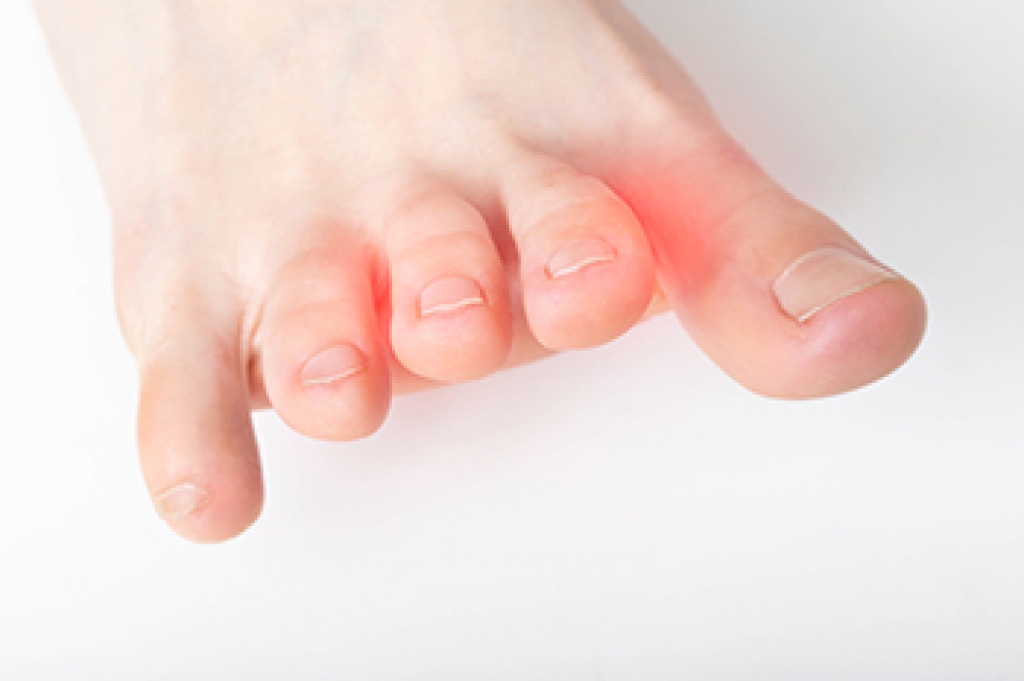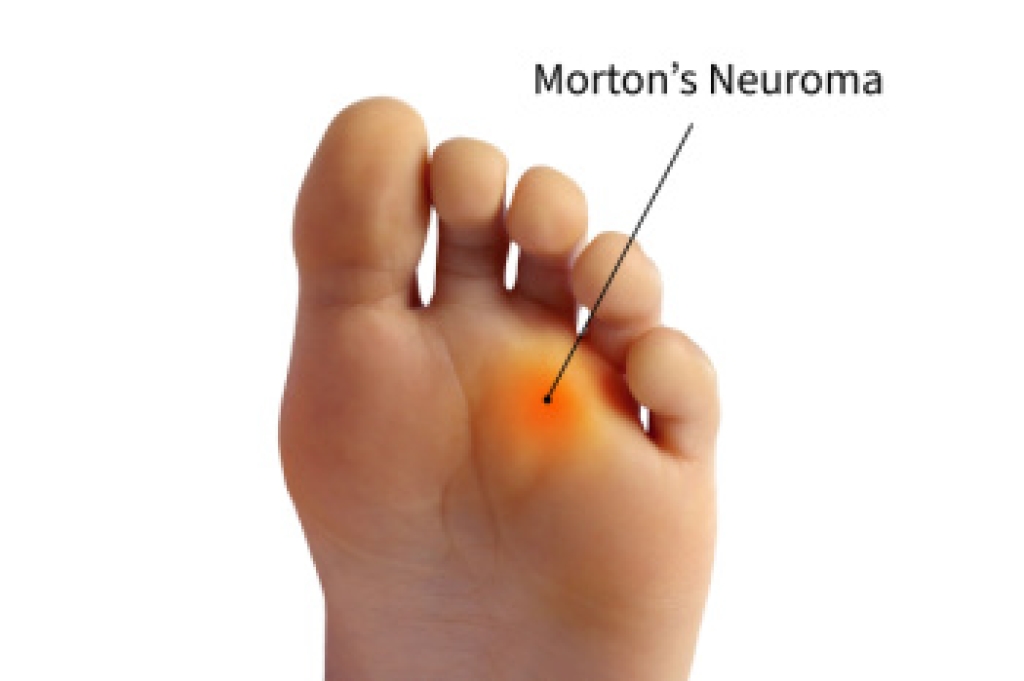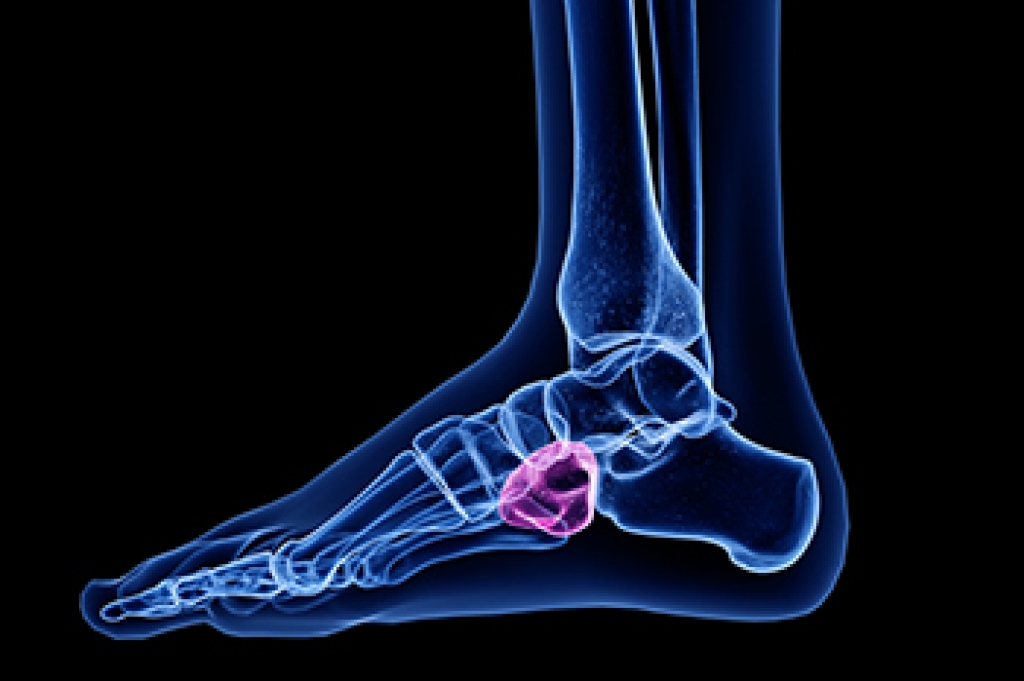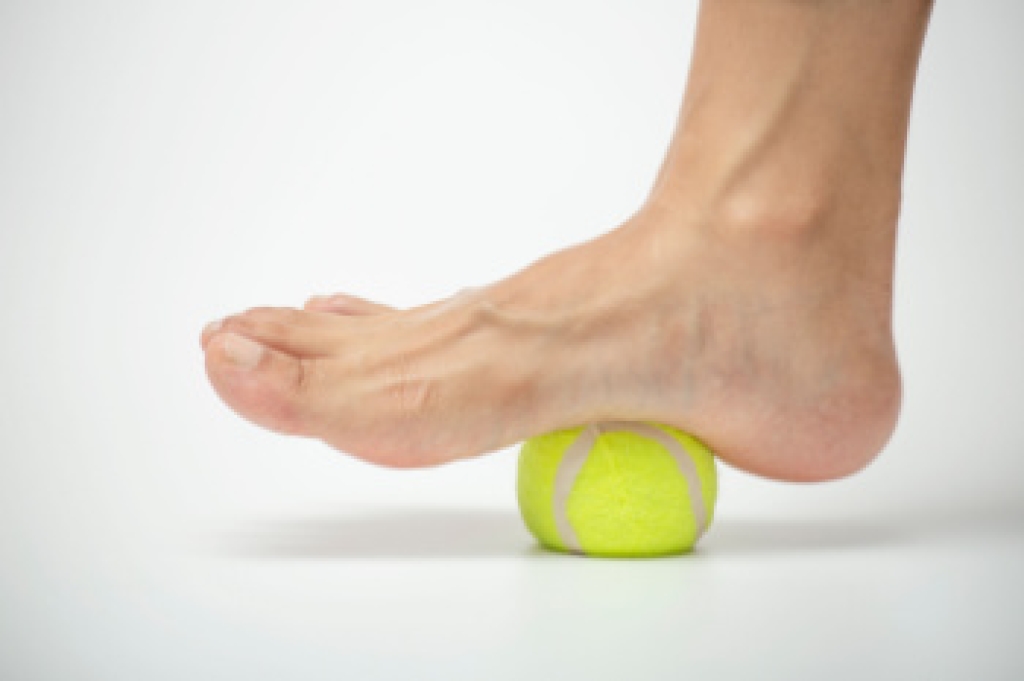
Blisters are a common problem while wearing high heels because friction builds up with every step, especially during long periods of walking or standing. Wearing tight or narrow heels increases rubbing on the toes and heels, which leads to painful fluid filled pockets on the skin, known as blisters. Prevention starts with choosing heels that fit properly, and many people find relief by buying a size larger for more room. Wearing wedges provides more stability and reduces pressure on the foot, and alternating heels with flat shoes throughout the day helps limit irritation. A podiatrist can assess problem areas, recommend protective padding, and treat existing blisters safely before they become infected. If blisters are slowing you down, it is suggested that you schedule an appointment with a podiatrist who can offer effective relief and prevention tips.
Blisters are prone to making everyday activities extremely uncomfortable. If your feet are hurting, contact Wendy K. Stinson, DPM of New Jersey. Our doctor can provide the care you need to keep you pain-free and on your feet.
Foot Blisters
Foot blisters develop as a result of constantly wearing tight or ill-fitting footwear. This happens due to the constant rubbing from the shoe, which can often lead to pain.
What Are Foot Blisters?
A foot blister is a small fluid-filled pocket that forms on the upper-most layer of the skin. Blisters are filled with clear fluid and can lead to blood drainage or pus if the area becomes infected.
How Do Blisters Form?
Blisters on the feet are often the result of constant friction of skin and material, usually by shoe rubbing. Walking in sandals, boots, or shoes that don’t fit properly for long periods of time can result in a blister. Having consistent foot moisture and humidity can easily lead to blister formation.
Prevention & Treatment
It is important to properly care for the affected area in order to prevent infection and ease the pain. Do not lance the blister and use a Band-Aid to provide pain relief. Also, be sure to keep your feet dry and wear proper fitting shoes. If you see blood or pus in a blister, seek assistance from a podiatrist.
If you have any questions, please feel free to contact our office located in Parsippany-Troy Hills, NJ . We offer the newest diagnostic and treatment technologies for all your foot care needs.




